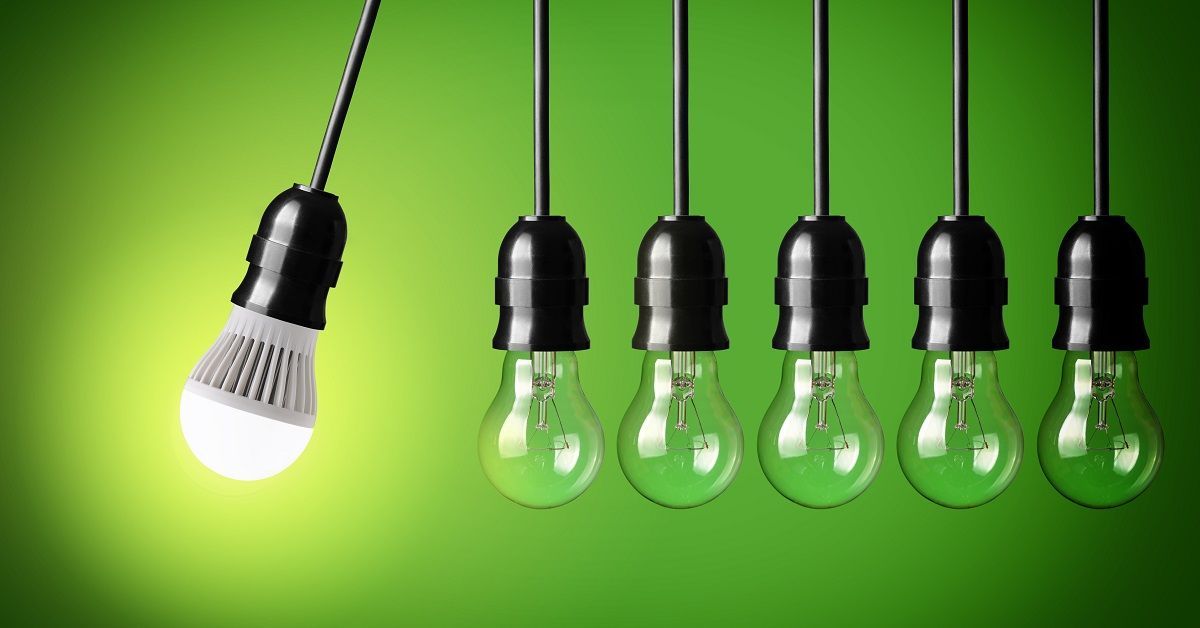Energy efficiency has become a critical aspect of designing and maintaining sustainable buildings and infrastructure. Among the various aspects to consider, lighting plays a significant role as it consumes a substantial amount of electricity in both residential and commercial sectors. Energy-efficient lighting offers a solution to reduce energy consumption without compromising on illumination quality, making it a sustainable lighting option. This article explores the benefits and applications of energy-efficient lighting.
The Advantages of Energy-Efficient Lighting
1. Reduced Energy Consumption:
Energy-efficient lighting technologies such as LED (Light Emitting Diodes) and CFL (Compact Fluorescent Lamps) consume significantly less energy compared to traditional incandescent bulbs. This reduction in energy consumption leads to decreased electricity bills and overall carbon footprint.
2. Longer Lifespan:
Energy-efficient lighting options tend to have a longer lifespan than traditional bulbs. LED bulbs, for example, can last up to 25 times longer, reducing maintenance costs and the frequency of replacement.
3. Cost Savings:
Due to their lower energy consumption and longer lifespan, energy-efficient lighting results in substantial cost savings over time. Although the initial cost may be slightly higher, the return on investment is realized through lower energy bills and reduced maintenance expenses.
4. Environmentally Friendly:
By choosing energy-efficient lighting, we contribute to lowering greenhouse gas emissions and reducing the demand for power generation. Energy-efficient lighting options also minimize the use of hazardous materials, making them safer for both environment and human health.
Applications of Energy-Efficient Lighting
1. Residential Buildings:
Energy-efficient lighting can be utilized in homes to reduce energy consumption and create a more sustainable living environment. LED bulbs, for instance, can be used in various fixtures such as ceiling lights, lamps, and outdoor lighting, providing energy-efficient illumination throughout the house.
2. Commercial Buildings:
Commercial buildings, especially those operating for extended hours, benefit greatly from energy-efficient lighting options. By installing LED lights in offices, retail stores, warehouses, and parking lots, businesses can significantly reduce energy costs while maintaining adequate lighting levels for productivity and safety.
3. Street Lighting:
Energy-efficient lighting in streetlights ensures proper illumination of roadways while conserving energy. LED streetlights are known for their long lifespan, reduced maintenance requirements, and the ability to direct light precisely where it is needed, making them an ideal choice for energy-efficient street lighting.
4. Outdoor Spaces:
Public parks, gardens, and public venues can implement energy-efficient lighting solutions to create an inviting atmosphere while reducing energy consumption. LED lighting can be used for pathway lights, floodlights, and decorative lighting, illuminating the outdoor spaces in an environmentally friendly way.
Conclusion
Energy-efficient lighting offers a multitude of benefits, from reduced energy consumption and cost savings to longer lifespans and environmental friendliness. The advancements in LED and CFL technologies have revolutionized the lighting industry, providing brighter and more sustainable illumination options for residential, commercial, and outdoor spaces. By adopting energy-efficient lighting solutions, we can contribute to a greener future while enjoying high-quality lighting experiences.


